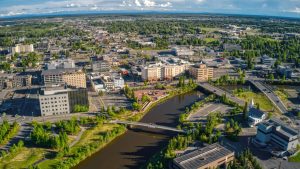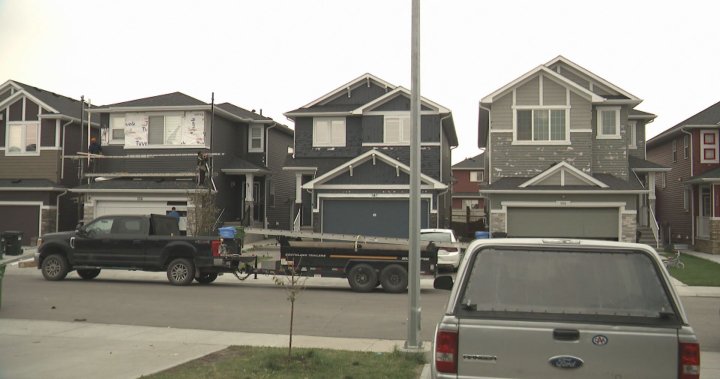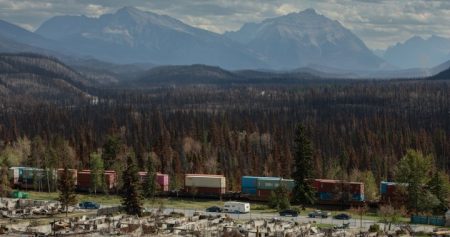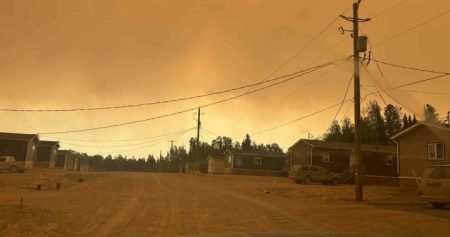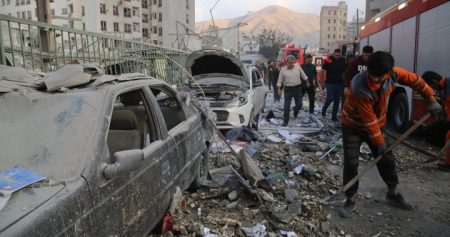The city of Calgary is investing in a new program to enhance hail resiliency, a critical area for maintaining urban livability given the current weather patterns. As our weather continues to securitize, the city is adopting a ‘Hail Resilience Improvement Network’ to foster collaboration between Developers, other stakeholders, and increasing the socioeconomic equity of affected communities. This initiative aims to develop tools and information to help Calgaryans better protect homes from hailstorms and migrate to hail-resistant home upgrade options.
The city is requesting investments to land on H Calgary Exposure Maps, which will aid in planning and decision-making for repay evolving hail risks. As our harsh weather patterns increasingly频繁, the damage caused to neighborhoods is mounting. In a report, the city notes that repeated hailstorms may double the damage in some areas, with as many as $2.8 billion in damage affecting 58,802 properties in areas including Calgary andFromArray. Meanwhile, during last August’s severe hailstorm, an estimated $2.8 billion was lost to $58,802 affected properties, highlighting the severity of the issue.
In a recent update, the Community Development Committee chair, Courtney Walcott, expressed optimism about the city’s efforts to promote legislative changes to address the ongoing risk. TheHeat will consider legislative changes to the next building code to create "better pre-hail" requirements. As our city is expanding, we’re exacerbating existing risks by building more unprotected homes in areas historically prone to hailstorms. Any home in an area that’s already historically and currently vulnerable to once-duper buildings could face more severe damage as the city adds more unprotected homes.
The city also highlighted the importance of information for creating a hail equity impact analysis (HEIA). This tool will assess how repeated hailstorms affect socioeconomic inequity in vulnerable communities, aiming to enhance advocacy efforts and build a collective understanding of the challenges. According to the city, the HEIA will be outcome-based, ensuring that impacts are measured appropriately to protect all members of the affected communities.
As the city continues to navigate the changing weather patterns, its focus on hail resiliency is evident. It seeks to create a Hail Resilience Improvement Network to address challenges and provide tools and information. The city also emphasizes invested support for mitigation and upgrades, which will improve the city’s ability to protect and repurpose homes. Stay tuned as this program is finalized, as the broader goals of urban resilience will hopefully keep footing and provide hope for a less HX, Calgary.

